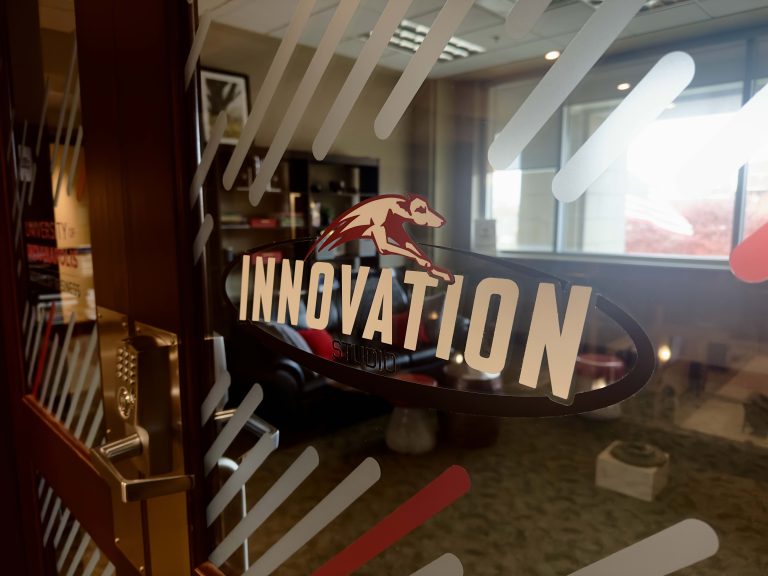
Students will pay more to study and live on campus at the University of Indianapolis during the 2014-15 academic year. Tuition will rise by 3 percent to $25,155, while room and board will rise by 2.5 percent to $9,010 for a standard room and 14-meal plan option.
President Robert Manuel said that the increase results from the ever-higher costs of maintenance and heating and cooling, as well as raises and healthcare for faculty and staff. However, he said that UIndy will remain one of the least expensive private universities in the state, even after the price increase.
Manuel also said that about $2 million generated by the increase will be awarded in financial aid to incoming freshmen and graduate students, mainly those considered high-need.
“In addition to the increase, and to the revenue that comes in from the increase, we will be putting more money into financial aid to help our students afford that,” Manuel said. “So there is a commitment not just to raising tuition to cover heating costs but to putting some of that money back into what we call access questions—making sure that people can afford to come here, to be a student here for four years.”
According to Executive Vice President for Campus Affairs and Enrollment Services Mark Weigand, the university uses a consulting company to help model its financial aid distribution. He added that raising tuition is necessary to keep the university competitive.
“We have to … increase enough to keep the quality up, because we do not want the school to end up on the low end of the quality scale,” he said. “We think that we’re a high-quality institution. Financially, we have been very healthy because of the enrollments over the past three years.”
Weigand added that the Office of Admissions already has received 4,000 applications from prospective students for next academic year.
Manuel said the number of students graduating from high school in Indiana has declined recently. He said that UIndy has to work harder to maintain the size and quality of incoming freshman classes.
“It is a much more competitive game than people want to think it is. There is much more competition going on between institutions,” he said. “The demographics inside of Indiana alone—the number of high school students graduating every year—is slightly decreasing over time. The number of institutions is not.”
To add more tuition revenue without hiking the rate for everyone, Manuel said that he wants to recruit more students by creating new programs, especially at the graduate level.
This idea was based on Vision 2030 strategic planning, but Manuel said that the tuition increase was not formulated based on the Vision 2030, as with the five-year financial plan that was presented to the Board of Trustees on Feb. 14. He said, however, that some other ideas that came out of the sessions were considered in the increase, such as minimizing the university’s debt and creating more philanthropic opportunities for alumni and students.
Indianapolis Student Government President DyNishia Miller said that she thinks the increase is fair. According to Miller, it keeps UIndy competitive academically but still one of the most affordable private universities in the state.
“I understand that the quality of our university needs to be maintained, and to do so tuition has to increase. As it was explained to me, the increase helps us to maintain our facilities and to stay competitive,” she said. “I think it’s great that this year’s increase is less than last year’s increase.”
Miller said that with higher education costs going up, it is important for students to make the most of their time here and work to graduate on time.
“Anytime tuition increases, students will worry about their ability to afford it,” she said. “Fortunately, as Dr. Manuel stated, with this tuition increase more money will be contributed to financial aid to try to offset the increase.”






